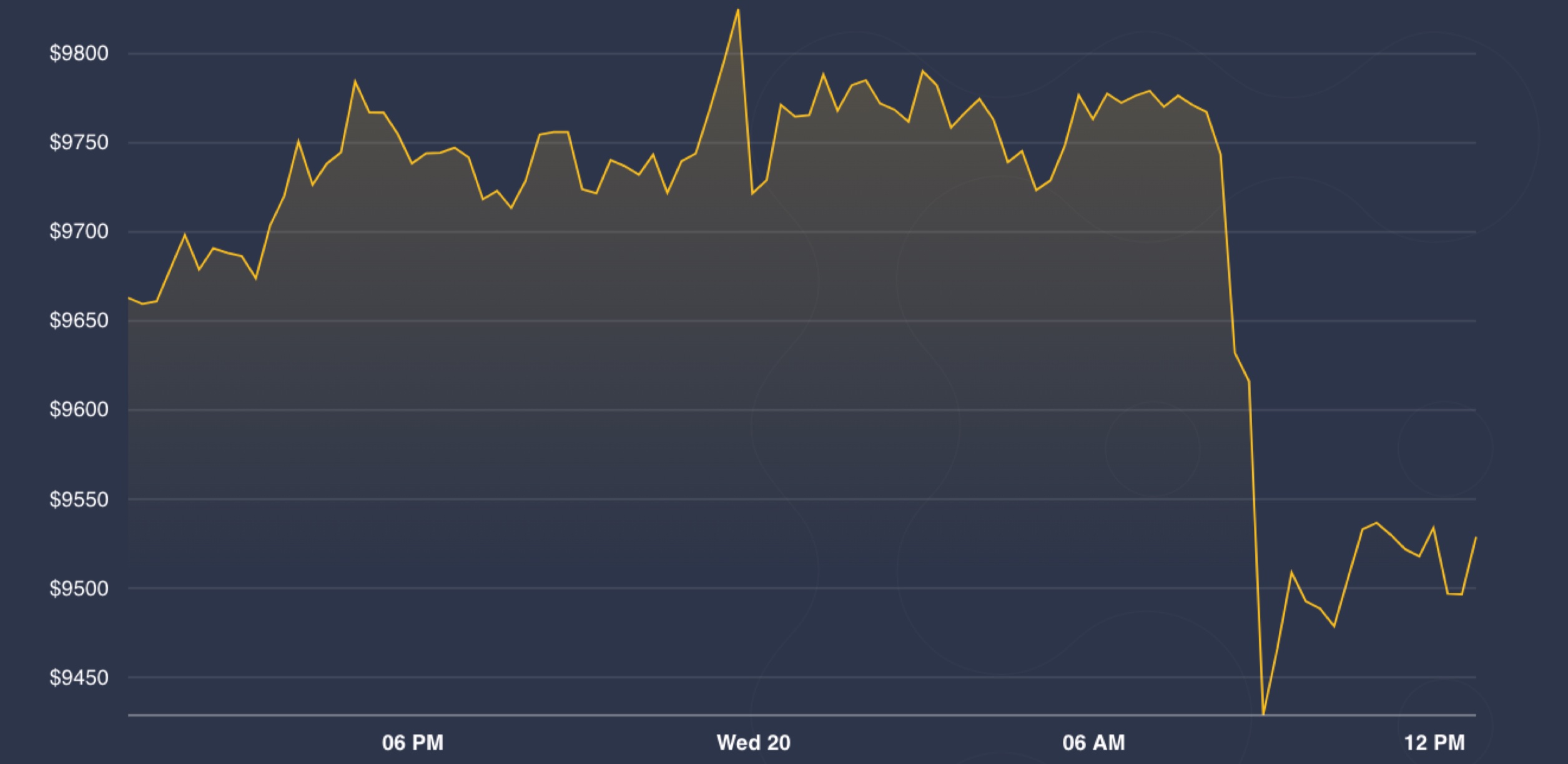ANZ Bank Completes Carbon Credits Trading as Part of Australia’s CBDC Pilot
Christy Goldsmith Romero
Commissioner
U.S. Commodity Futures Trading Commission
Explore the policy fallout from the 2022 market crash, the advance of CBDCs and more.
Christy Goldsmith Romero
Commissioner
U.S. Commodity Futures Trading Commission
Explore the policy fallout from the 2022 market crash, the advance of CBDCs and more.
:format(jpg)/www.coindesk.com/resizer/2T8HrOlILUCuZc0Nt5fqKxPPy6E=/arc-photo-coindesk/arc2-prod/public/LW4HUR2U7BC5RFC4XSV6HGCP4E.png)
Amitoj Singh is CoinDesk’s regulatory reporter covering India. He holds BTC and ETH below CoinDesk’s disclosure threshold of $1,000.
Christy Goldsmith Romero
Commissioner
U.S. Commodity Futures Trading Commission
Explore the policy fallout from the 2022 market crash, the advance of CBDCs and more.
Christy Goldsmith Romero
Commissioner
U.S. Commodity Futures Trading Commission
Explore the policy fallout from the 2022 market crash, the advance of CBDCs and more.
Australia and New Zealand Banking Group Limited (ANZ) has completed the first use-case of carbon credit trading as part of Australia’s central bank digital currency (CBDC) pilot, the Melbourne headquartered bank announced on Wednesday.
Australia’s CBDC pilot, run by the Reserve Bank of Australia (RBA) and the Digital Finance Cooperative Research Centre (DFCRC), began last year to explore use cases for a CBDC. The DFCRC is a 180 million Australian dollar (US$124.3 million) program, funded by industry partners, universities and the Australian Government.
ANZ partnered with Grollo Carbon Ventures to trade Australian Carbon Credit Units (ACCUs), which are issued by the Australian Government’s Clean Energy Regulator.
ANZ and GCV tested real-world ACCUs by first tokenizing existing ACCUs. ANZ’s own stablecoin (A$DC) was then used to purchase the tokenized ACCUs. Australia’s Pilot CBDC was used as a risk-free asset to support the issuance of A$DC, the announcement said.
Tokenization of carbon markets can reduce settlement time and partnership risk and incentivise investment in climate solutions.
The RBA has revealed a set of projects to test use cases for its cbdc and partners for the pilot projects include Mastercard, Monoova, the Australian Bond Exchange, DigiCash, Commonwealth Bank and others.
Edited by Parikshit Mishra.
DISCLOSURE
Please note that our
privacy policy,
terms of use,
cookies,
and
do not sell my personal information
has been updated
.
The leader in news and information on cryptocurrency, digital assets and the future of money, CoinDesk is a media outlet that strives for the highest journalistic standards and abides by a
strict set of editorial policies.
CoinDesk is an independent operating subsidiary of
Digital Currency Group,
which invests in
cryptocurrencies
and blockchain
startups.
As part of their compensation, certain CoinDesk employees, including editorial employees, may receive exposure to DCG equity in the form of
stock appreciation rights,
which vest over a multi-year period. CoinDesk journalists are not allowed to purchase stock outright in DCG
.
:format(jpg)/www.coindesk.com/resizer/2T8HrOlILUCuZc0Nt5fqKxPPy6E=/arc-photo-coindesk/arc2-prod/public/LW4HUR2U7BC5RFC4XSV6HGCP4E.png)
Amitoj Singh is CoinDesk’s regulatory reporter covering India. He holds BTC and ETH below CoinDesk’s disclosure threshold of $1,000.
Learn more about Consensus 2023, CoinDesk’s longest-running and most influential event that brings together all sides of crypto, blockchain and Web3. Head to consensus.coindesk.com to register and buy your pass now.
:format(jpg)/www.coindesk.com/resizer/2T8HrOlILUCuZc0Nt5fqKxPPy6E=/arc-photo-coindesk/arc2-prod/public/LW4HUR2U7BC5RFC4XSV6HGCP4E.png)
Amitoj Singh is CoinDesk’s regulatory reporter covering India. He holds BTC and ETH below CoinDesk’s disclosure threshold of $1,000.









